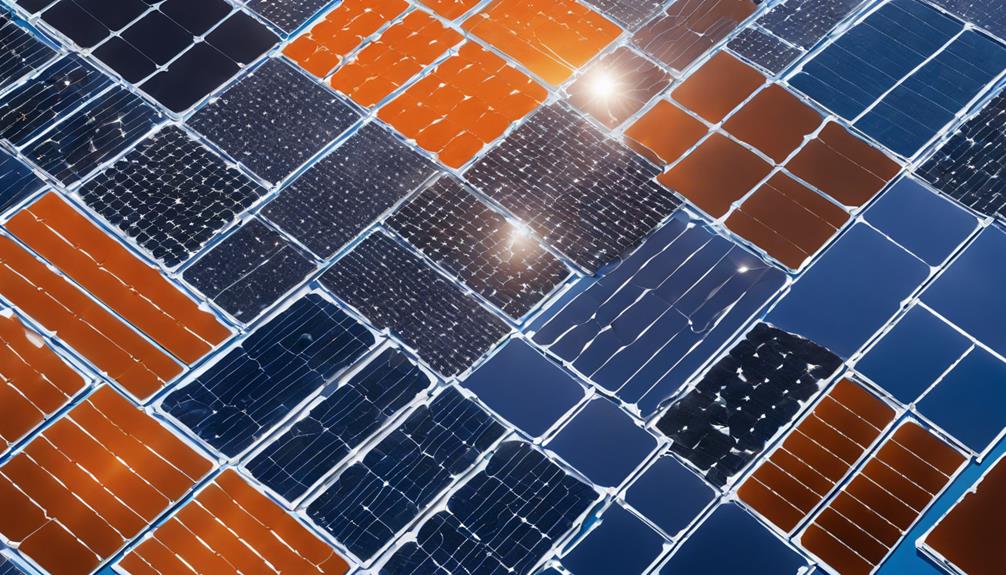
In recent years, the solar energy sector has seen a remarkable rise in popularity, largely due to the increasing demand for sustainable energy sources. Among various technologies, mono solar panels have gained significant traction. This blog post aims to provide an in-depth analysis of mono solar panel prices, exploring the factors that influence costs, the benefits of choosing mono solar panels, and tips for finding the best deals.
What Are Mono Solar Panels?
Mono solar panels, or monocrystalline solar panels, are made from a single crystal structure of silicon, which makes them highly efficient at converting sunlight into electricity. Due to their high efficiency rates, they occupy less space compared to other types of solar panels, such as polycrystalline panels. This efficiency makes mono solar panels an attractive option for homeowners and businesses looking to maximize their energy output. Understanding the basic characteristics and advantages of mono solar panels is essential when evaluating their prices.
Factors Influencing Mono Solar Panel Prices
The price of mono solar panels can vary significantly based on several factors. First and foremost, the quality of the panels plays a crucial role. High-quality panels from reputable manufacturers tend to come with higher price tags due to their durability and efficiency. Additionally, the wattage of the solar panels affects their pricing; higher wattage panels generally cost more, but they also provide more energy output. Other factors include market demand, installation costs, and government incentives, which can all impact the overall price of mono solar panels.
The Average Cost of Mono Solar Panels
As of 2023, the average cost of mono solar panels typically ranges from $0.80 to $1.50 per watt, depending on various factors such as brand, efficiency, and market conditions. To put this into perspective, a standard 300-watt mono solar panel might cost between $240 to $450. However, when considering the total system cost, including installation and additional equipment like inverters and mounting systems, homeowners can expect to pay between $10,000 to $30,000 for a full solar system. It’s crucial to obtain multiple quotes from different suppliers to ensure competitive pricing.
Long-Term Savings with Mono Solar Panels
Investing in mono solar panels may seem costly upfront, but the long-term savings can be substantial. With rising electricity rates, generating your own power can lead to significant reductions in monthly utility bills. Additionally, many governments offer tax incentives, rebates, and financing options that can help offset initial costs. Over time, many homeowners find that their investment in solar panels pays for itself within 5 to 10 years, after which they can benefit from free electricity for the remainder of the panels’ lifespan, typically 25 years or more.
Comparing Mono Solar Panels to Other Types
When assessing mono solar panel prices, it’s essential to compare them with other types of solar panels, such as polycrystalline and thin-film panels. While polycrystalline panels are generally cheaper, they offer lower efficiency rates and require more space for installation. Thin-film panels are lightweight and flexible, but they also have lower efficiency and lifespan compared to mono panels. Therefore, while mono solar panels may come at a higher price, their efficiency and long-term performance often make them a more cost-effective choice in the long run.
Where to Buy Mono Solar Panels
When looking to purchase mono solar panels, it’s essential to consider reputable suppliers. Many online retailers and local solar energy companies offer competitive prices and may provide installation services as well. It’s advisable to read customer reviews and check for warranties and return policies before making a purchase. Additionally, attending solar expos and industry events can provide valuable insights and direct access to manufacturers, often resulting in better deals on mono solar panels.
Tips for Reducing Mono Solar Panel Costs
If you’re concerned about the initial investment of mono solar panels, there are several strategies you can employ to reduce costs. Firstly, consider purchasing panels during sales events or off-peak seasons when prices tend to drop. Secondly, look for local or federal tax credits and rebates that can significantly reduce your overall expenditure. Thirdly, consider financing options that allow for manageable monthly payments instead of a substantial upfront cost. Lastly, obtaining multiple quotes from different suppliers can ensure you get the best price possible.
The Future of Mono Solar Panel Prices
The solar energy market is continually evolving, with advancements in technology and manufacturing processes leading to changes in pricing. As the demand for renewable energy sources grows, the cost of mono solar panels is expected to continue to decline. In addition, innovations in solar technology may lead to even more efficient panels, providing greater energy output at lower prices. Keeping an eye on industry trends and developments will help consumers make informed decisions about when to invest in solar technology.
In conclusion, understanding mono solar panel prices is crucial for anyone considering a switch to solar energy. While the initial investment may be significant, the long-term benefits and savings can make it a wise financial decision. By exploring various factors influencing prices, comparing options, and utilizing available incentives, consumers can make informed choices that align with their energy needs and budgets. As the solar industry continues to evolve, staying informed will ensure you get the best value for your investment.





